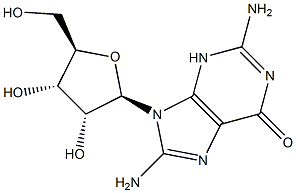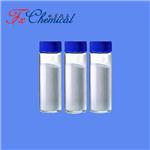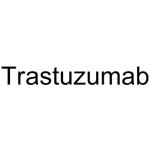Uses
Trastuzumab is used to treat breast cancer. It is effective against tumors that overexpress the HER2/neu protien. As part of chemotherapy regimen for adjuvant treatment of lymph-node positive, HER2/neu positive cancer.
Indications
The introduction of herceptin (Trastuzumab) into clinical
practice for the treatment of breast cancer marks a
major advance in the use of monoclonal antibody cancer
therapy. Herceptin is a humanized antibody directed
against the HER-2 antigen that is overexpressed
on the tumor cell surface in approximately 25% of
breast cancer patients. HER-2/neu/erbB2 overexpression
marks an aggressive estrogen receptor–negative
form of breast cancer. Therefore, a therapeutic agent
selective for this target is particularly valuable.
Herceptin is administered by intravenous infusion and
in conjunction with paclitaxel can extend survival in
patients with HER-2/neu/erbB2 overexpressing metastatic
breast cancer.Herceptin use is associated with infusion-
related hypotension, flushing and bronchoconstriction,
and skin rash but no bone marrow toxicity.
Herceptin appears to sensitize patients to cardiotoxicity,
an important concern in patients also receiving
doxorubicin.
Definition
Herceptin (generic name: trastuzumab) is not a chemo drug, it is a targeted therapy anticancer drug.
Herceptin contains one active ingredient, trastuzumab, and is given as an intravenous (IV) infusion slowly into a vein. Herceptin Hylecta contains two active ingredients, trastuzumab and hyaluronidase-oysk, and is given as a subcutaneous injection, which is an injection that goes under the skin.
Mechanism of action
Trastuzumab is a monoclonal antibody against human epidermal growth factor receptor 2 (HER2). Trastuzumab binds to an extracellular domain of this receptor and inhibits HER2 homodimerization, thereby preventing HER2-mediated signaling. It is also thought to facilitate antibody-dependent cellular cytotoxicity, leading to the death of cells that express HER2. Its mechanism differs slightly from that of the newer agent pertuzumab; the latter inhibits hetero-dimerization of HER2 with HER3, a related growth factor receptor. Trastuzumab has been shown to bind three distinct regions of domain IV of the HER2 extracellular domain through electrostatic and hydrophobic bindings[1].
References
[1] Hamid Maadi. “Trastuzumab Mechanism of Action; 20 Years of Research to Unravel a Dilemma.” Cancers (2021).




